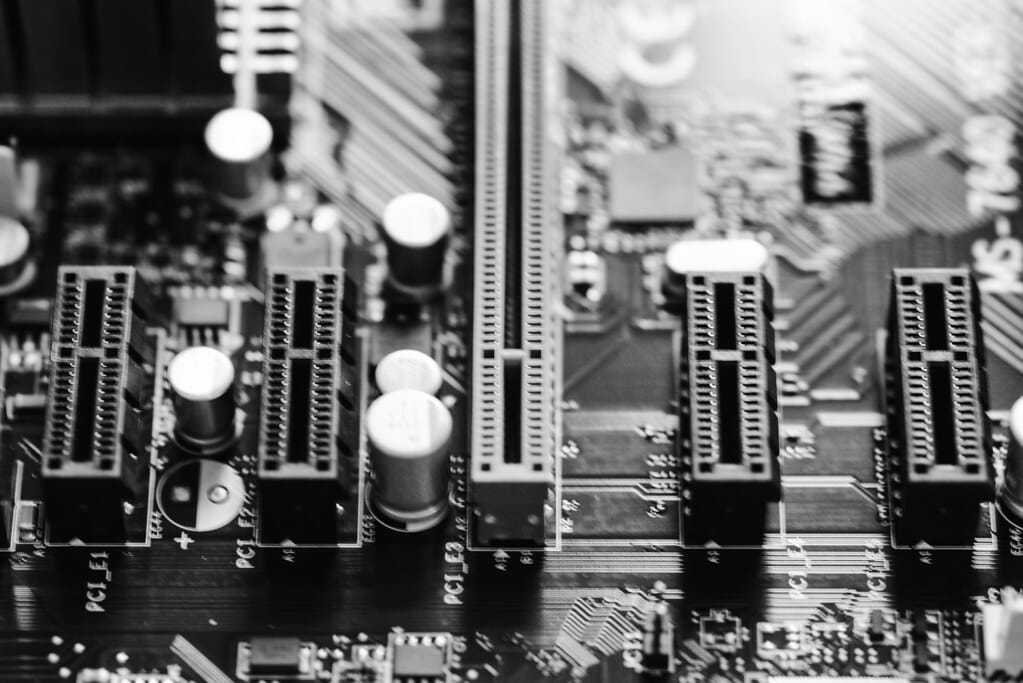PCIe 7.0 Specifications Unveiled: Blazing Toward 512 GB/s Data Transfer Speeds
The PCI-SIG has officially released the PCIe 7.0 specifications, promising to revolutionize data center performance with unprecedented 512 GB/s bidirectional bandwidth and cutting-edge power efficiency features that will reshape enterprise computing.
The peripheral component interconnect express (PCIe) ecosystem just took a massive leap forward. The PCI Special Interest Group (PCI-SIG) has officially unveiled the PCIe 7.0 specifications, marking a significant milestone in high-speed data transfer technology. This latest iteration promises to deliver jaw-dropping performance improvements that will fundamentally transform how data centers, AI workloads, and enterprise applications handle massive data throughput requirements.
Breaking the Speed Barrier
PCIe 7.0 achieves an astounding 512 GB/s of bidirectional bandwidth in a standard x16 configuration, representing a 100% increase over PCIe 6.0's already impressive 256 GB/s. This translates to 128 GT/s (gigatransfers per second) raw bit rate, effectively doubling the data transfer capabilities of its predecessor.
To put this in perspective, PCIe 7.0 can theoretically transfer the equivalent of a 4K movie file in mere milliseconds. For data centers processing AI training datasets or handling real-time analytics, this bandwidth increase represents a quantum leap in computational efficiency.
Advanced Power Management and Efficiency
Beyond raw speed, PCIe 7.0 introduces sophisticated dynamic power management features designed to optimize energy consumption. The new specifications include:
- Adaptive power scaling that automatically adjusts power consumption based on workload demands
- Enhanced L0p power states for more granular power control during idle periods
- Improved signal integrity features that reduce power overhead while maintaining performance
These enhancements address growing concerns about data center energy consumption, offering enterprise customers the ability to scale performance without proportionally increasing their power footprint.
Backward Compatibility Maintained
Despite the dramatic performance improvements, PCIe 7.0 maintains full backward compatibility with previous generations. This means organizations can upgrade their infrastructure incrementally without requiring wholesale hardware replacements. The specifications ensure that PCIe 6.0, 5.0, and earlier generation devices will continue functioning seamlessly in PCIe 7.0-enabled systems.
Target Applications and Use Cases
The extreme bandwidth capabilities of PCIe 7.0 are specifically designed to address several critical computing scenarios:
AI and Machine Learning: Training large language models and neural networks requires massive data movement between GPUs, CPUs, and memory systems. PCIe 7.0's bandwidth eliminates bottlenecks that currently limit AI training efficiency.
High-Performance Computing (HPC): Scientific simulations, weather modeling, and financial analysis applications will benefit from reduced data transfer latency and increased throughput.
Data Center Networking: Next-generation network interface cards (NICs) and storage controllers can now leverage the full bandwidth potential for 800G+ networking and NVMe storage arrays.
Industry Timeline and Adoption
While the specifications are now finalized, actual hardware implementation will follow a predictable timeline. Industry experts anticipate the first PCIe 7.0-compatible chips and devices will appear in 2025-2026, with widespread enterprise adoption expected by 2027.
Major silicon vendors including Intel, AMD, and NVIDIA are already incorporating PCIe 7.0 support into their roadmaps for next-generation processors and accelerators. Early adopters will likely be hyperscale cloud providers and HPC installations where the performance benefits justify the premium costs of cutting-edge hardware.
The Road Ahead
PCIe 7.0 represents more than just an incremental upgrade—it's a foundational technology that will enable the next generation of computing innovations. As AI workloads continue expanding and data processing requirements grow exponentially, having a robust, high-bandwidth interconnect becomes critical infrastructure.
The release of these specifications signals that the computing industry is preparing for workloads we can barely imagine today. From real-time AI inference at massive scale to quantum computing interfaces, PCIe 7.0 provides the data highway necessary for tomorrow's most demanding applications.
For enterprise IT leaders and technology decision-makers, PCIe 7.0 offers a glimpse into the future of high-performance computing—one where bandwidth constraints become a thing of the past, and the only limit to computational performance is human imagination.
